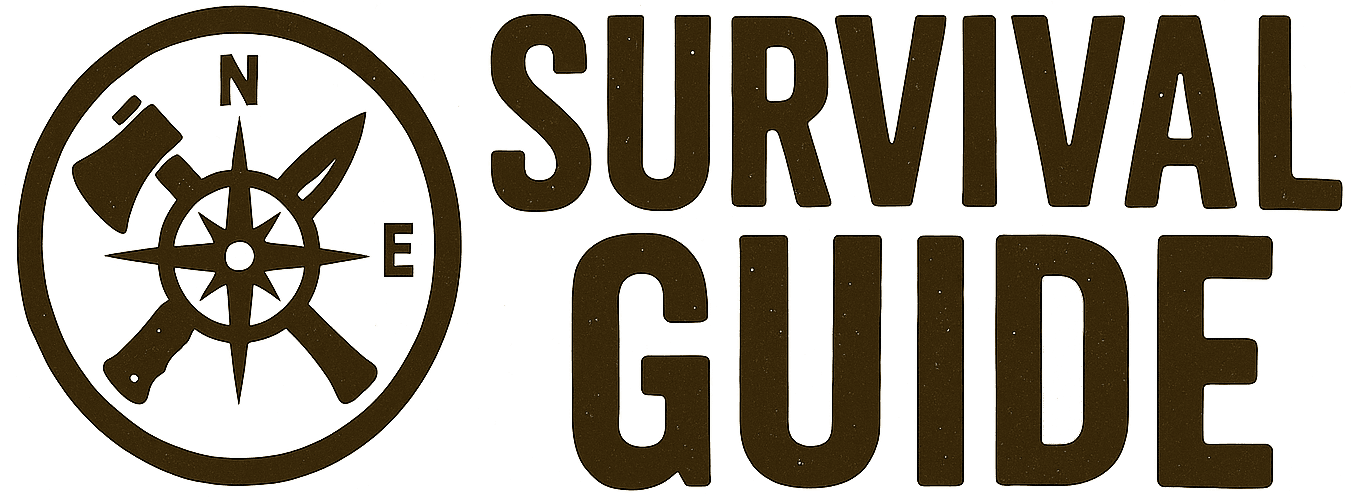When the grid goes dark and the cold creeps in, one skill separates the survivors from the lost: fire. Without it, you freeze, starve, and lose the will to push through the night. Matches and cheap lighters? They’re a joke when the rain is sideways, your hands are numb, and the wind threatens to strip away your last spark of hope.
That’s why you need emergency fire starters that will work when the world doesn’t. In this guide, we’ll break down the most reliable fire-starting tools, how to use them under pressure, and the tricks seasoned preppers use to make sure the flame never fails.
Why Every Prepper Needs Emergency Fire Starters
Fire is more than warmth — it’s survival. You’ll need it to:
- Purify water when all filters fail.
- Cook game or rations safely.
- Signal rescuers in the wild or urban wastelands.
- Ward off hypothermia and predators.
- Keep morale alive when the night stretches on forever.
Modern conveniences fail. A £1 lighter from the corner shop won’t keep you alive in a gale. But the right gear will.
Types of Emergency Fire Starters
1. Ferrocerium Rods (Ferro Rods)
The gold standard. A ferro rod will throw molten sparks at 3,000°C even when soaked.
- Pros: Lasts for thousands of strikes, waterproof, works in freezing conditions.
- Cons: Requires dry tinder and practice.
- Pro Tip: Pair it with cotton balls soaked in petroleum jelly for instant flames.
2. Waterproof Matches
Not your granddad’s matches. These burn like tiny torches.
- Pros: Wind-resistant, easy to use, compact.
- Cons: Limited number, need a dry striker.
- Pro Tip: Store them in a waterproof case with a spare striker pad.
3. Stormproof Lighters
Think butane lighters on steroids. Some double as mini torches.
- Pros: Instant flame, reusable, reliable if fuelled.
- Cons: Cold weather can kill fuel pressure. Needs maintenance.
- Pro Tip: Keep one in your kit and a backup ferro rod in case it dies.
4. Magnesium Fire Starters
A survival classic. You scrape magnesium shavings and ignite them with a spark.
- Pros: Burns hot (up to 3,000°C), great for damp wood.
- Cons: Slower to use, needs practice and a knife.
- Pro Tip: Pre-shave magnesium into a waterproof container for speed.
5. Natural & Improvised Fire Starters
When your gear’s gone, nature steps in.
- Dryer lint, birch bark, pine resin, and even char cloth can all catch a spark.
- In wet weather, split wood to find the dry heartwood for kindling.
Building Your Emergency Fire Kit
Your kit shouldn’t rely on just one tool. Pack at least three ignition methods:
- A stormproof lighter.
- A ferro rod or magnesium starter.
- Waterproof matches.
And always carry tinder – natural or pre-made. A simple tin of petroleum jelly-soaked cotton balls can save your life.
How to Use Fire Starters in Harsh Conditions
- Wind: Build a windbreak from rocks or your pack before striking.
- Rain: Carry a foldable tarp or poncho to shield your work area.
- Snow: Elevate your fire on a platform of bark or sticks to stop it from melting into the ground.
- Freezing hands: Practise one-handed techniques before you need them.
Gideon’s Checklist: Always Be Fire-Ready
- Carry at least three different fire starters in waterproof pouches.
- Store redundant tinder (cotton balls, resin, or commercial tabs).
- Practise with every tool you own — don’t wait until your life depends on it.
- Rotate lighters and matches to avoid fuel loss or dampness.
- Never trust a single method; redundancy is survival.
Final Word
When the system collapses — and it will, eventually — fire is life. Don’t gamble on luck or a single Bic lighter. Build a kit that can spit flame in a storm, on a frozen mountainside, or after you’ve been dunked in a river. Emergency fire starters aren’t optional — they’re the line between a cold night and no tomorrow.
Stay warm. Stay alive.

